In Greek mythology, there is rarely a definitive canonical version of a story or myth. There are many myths with many of the same characters but they can vary greatly. The earlier myths varying from later myths, and the myths that were told in one part of Greece vary from those that were told in another part of Greece.
This has lead to some confusion about some of the differences between some of the characters. It is with this in mind that we answer the question of – what’s the difference between Helios and Apollo?
Helios is best understood as the god titan of the sun and Apollo is best understood as the god of light along with music, poetry, art, archery, the plague and medicine. Apollo is one of the 12 Olympian gods and features in many of the Greek myths while Helios features in only a few the major one being in which he rides a golden chariot and drags the sun behind him moving across the sky from east to west.
Helios and Apollo: Similarities and Differences
So lets look at the similarities and differences between Helios and Apollo in a bit more detail.
- Helios is a titan god while Apollo is an Olympian god.
- Helios is the protector of the Island of Rhodes while Apollo is the patron god of the city of Delphi.
- Helios is the son of the titans Hyperio and Theia, while Apollo is the son of the Olympian god Zeus and the titan Leto.
- Helios rides a flaming chariot dragging the sun across the sky while Apollo spends his time on Mt. Olympus or walking the earth.
- Helios is only the god of the sun while Apollo is the god of Music, Art, Archery, Plague, Poetry, Medicine, Light, Oracles and Knowledge.
So, there really are a lot of key differences between the two characters, despite this however in some versions of the Greek myths they is mistaken for one another. In some of the stories it is Apollo and not Helios who drags the sun across the sky each day. When the Romans adopted the Greek gods, Apollo was more strongly associated with the sun and as the sun god.
As can be seen, Apollo seems to get the lions share of the attention. So, lets take a different tact and dive deeper into the story of Helios.
What Is the Story of Helios?
Helios was viewed as the god of the sun and is often depicted as a charioteer driving a flaming chariot with flaming horses from east to west across the bright blue skies of Greece every day. At night it was said that he crossed back to the east by floating on a river or ocean that was believed to encircle the earth.
The Greeks believed that because Helios was always in the sky each and every day, he was therefore able to see and to hear everything that happened on earth. He was consequently used as a witness for many of the the major events in Greek mythology. In one of the major events of Greek mythology he was called upon as a witness to the disappearance of Persephone, the daughter of the Olympian god Demeter. He eventually told the story of how Hades, the god of the underworld, had taken the girl down into the underworld. It is with this knowledge that Zeus, her father, was able to negotiate her realise.
Probably the most famous myth featuring Helios involved his son. Helios had a son, Phaethon, and one day requested of father the task of driving the flaming chariot the day. Helios granted his son this task and Phaethon took control of the flaming chariot. Unfortunately Phaethon was unable to control the flaming horses and Zeus had to intervene. He fired a lightning bolt at the boy and killed him.
Another story featuring Helios also involved Zeus. One day Zeus had decided to make each of the gods protectors of a city or territory on earth. Because Helios was in the sky with his chariot taking the sun from east to west, Zeus forgot all about him. To make up for his oversight Zeus gave Helios control of the Island of Rhodes. The people of Rhodes worshipped the sun god Helios and three of the cities of Rhodes were named after his grandsons, Camirus, Lindus, and Ialysus. In fact, most people have heard of the Great Colossus of Rhodes, but did you know that this is in fact a depiction of the sun god. This great statue is said to be 1 of the 7 wonders of the ancient world.
Did Helios Have Any Siblings?
In the Greek myths, Helios was the son of the titans Hyperio and Theia. However they also had two other children who are important to many stories in Greek mythology — the goddess of the moon, Selene and the Goddess of the dawn, Eos.
Selene – was the goddess of the moon. She was worshipped during the full moon and new moon phases. She was often represented as driving a chariot along with the moon atop her head.
Eos – was the goddess of the dawn. She would travel from east to west, announcing the coming of her brother Helios each day. She was also cursed by Aphrodite to only fall in love with mortals, this meant that they would grow old as she remained young. In the end, she had five children, the four winds and the morning star.
Is Helios an Olympian God?
In Greek mythology there are really only 12 Olympian gods. These are Zeus, Hera, Poseidon, Demeter, Athena, Apollo, Artemis, Ares, Hephaestus, Aphrodite, Hermes, and Dionysus. Occasionally Dionysus is replaced by Hestia, and very occasionally the king and queen of the underworld Hades and Persephone are also included in this list of the gods.
All of that being said, Helios is never said to be an Olympian god.
Is Helios a God or Titan?
In order to answer this question we should first answer the question of what is a god and what is a titan? In Greek mythology there are roughly three tiers of deity that have existed.
- 1st Tier – These were the creator deities and made up much of the early universe. The major characters were Gaia the earth and Uranus the sky.
- 2nd Tier – These deities came from the union of Gaia and Uranus and are often called the titans. The major characters were Cronos and Rhea but there were many other titans. They are often said to be the elder gods and the age is often called the gold age.
- 3rd Tier – These deities came from the union of Cronus and Rhea and they are often called gods or Olympians. They overthrew Cronus in a war called the Titonamarchy and this age is often called the silver age.
So where does Helios fit into all of this. Well, Helios is the son of Hyperion and Theia, both of whom were titans. Helios is therefore most commonly described as a titan and part of the second tier. That being said, he spends a lot of his time in the company of the Olympian gods and features in a few of their myths.
Final Thoughts
So there you have it, those were some of the key differences between Helios and Apollo. I hope you were able to get some answers to your burning questions about Helios.
The Greek myths can vary over time and by the geographic area they were told in. This has led to a lot of confusion about the different characters that we encounter in the myths. Helios and Apollo are by no means the last characters you are going to see confused for one another. Thanks.


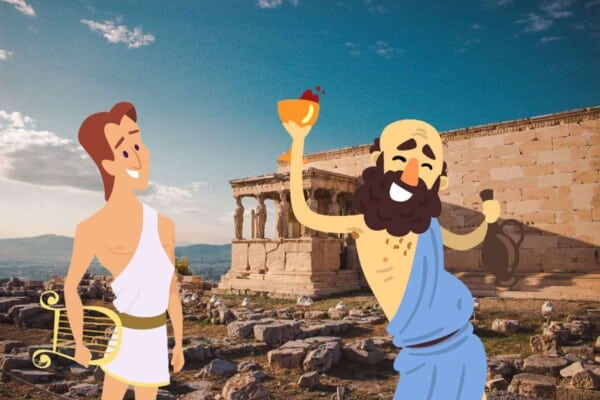
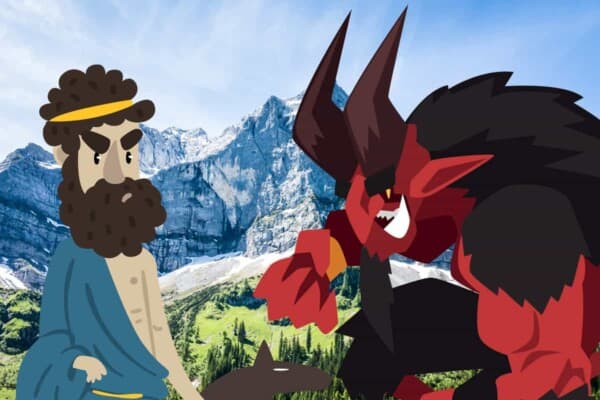
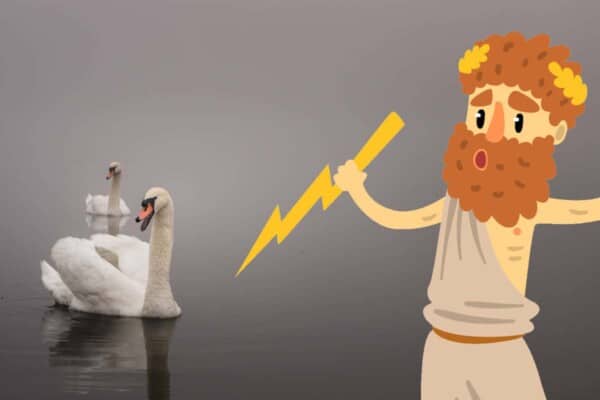

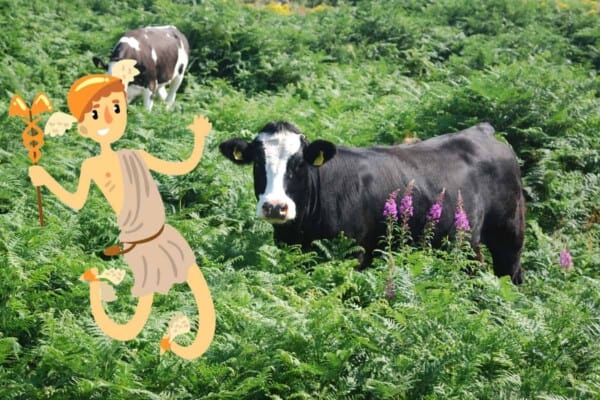
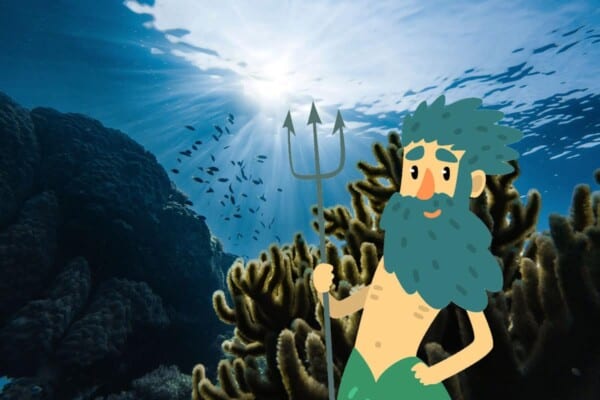
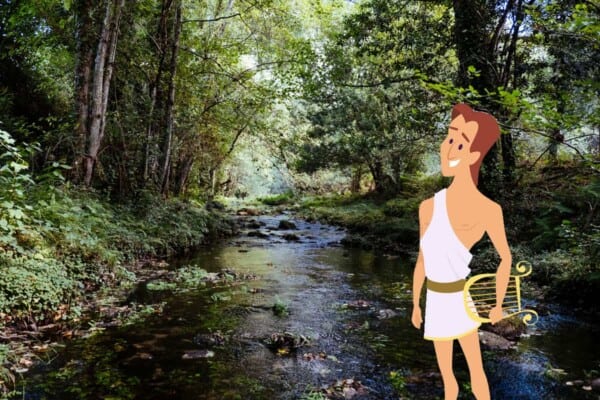

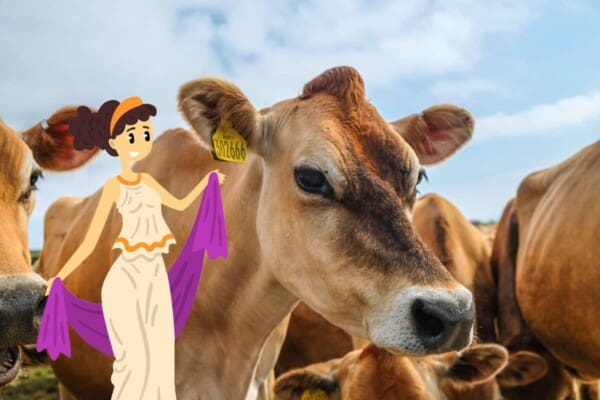

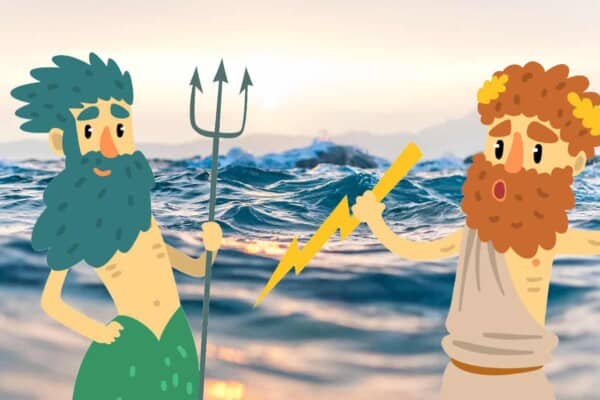
Titanomachy